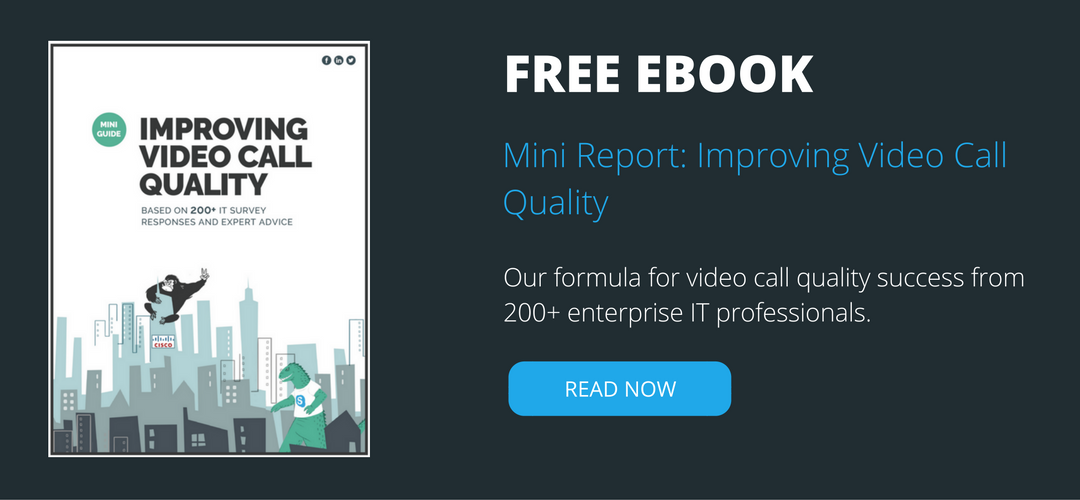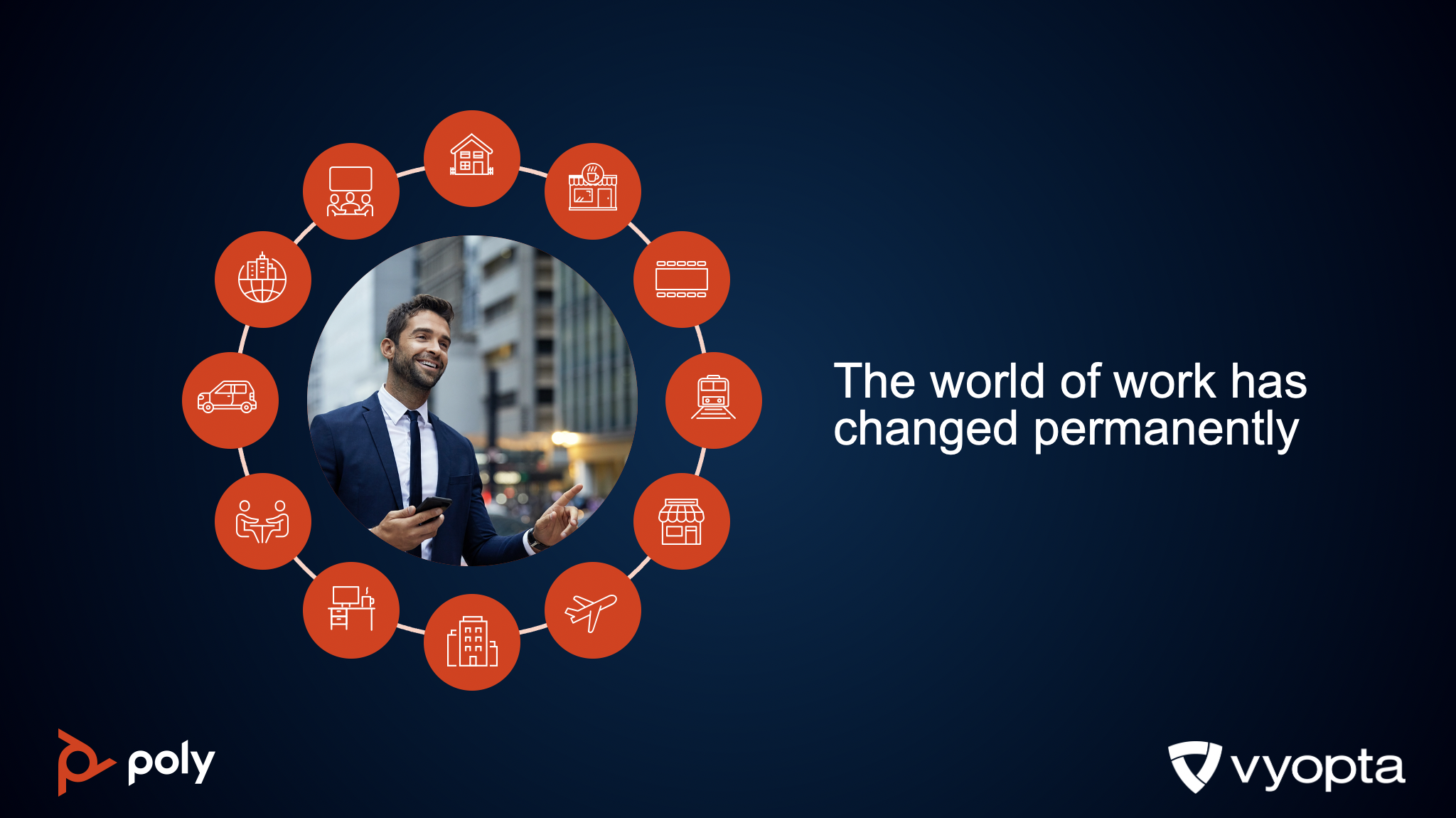
This week we’re taking a little inspiration from Sky Christopherson, a record breaking olympian cyclist, who developed the Optimized Athlete program. We’ll be using this program’s core message, “data not drugs” to encourage IT professionals to use data to up their video conferencing call quality performance game. Although it’s easy for ITs to feel overwhelmed, there is no need to cut corners. If you’re measuring the right stuff, you can easily find out exactly what is needed to help you go the distance.
Read on to learn about Vyopta’s three-step, Optimized IT program that uses data, not dope, to improve video call quality.
Optimized Athelete Program Overview
Christopherson developed the Optimized Athlete program after becoming disillusioned with the amount of doping occurring in the sport of cycling. The concept of this program is quite simple, but the tools are so very innovative. In short, by using sophisticated data-capture and monitoring techniques to record every aspect affecting athletes’ performance (e.g., diet, sleep patterns, environment, training intensity, etc.). By measuring the right stuff, Christopherson was able to make never-before seen correlations and pinpoint exactly what each, individual athlete needed to improve.
“Everything is interconnected and you can really see that in the data.”
Olympic Cyclist
The depth of this programs analytics means that tailored programs could be created or adjusted to get the best out of every, single athlete. For instance, Jenny Reed, a beta participant, performed at a much higher-level if she slept at a lower temperature the night before. She was provided a water-cooled mattress to keep her body at an exact temperature throughout the night. “This had the effect of giving her better deep sleep, which is when the body releases human growth hormone and testosterone naturally,” said Christopherson.
Vyopta’s Optimized IT Program Overview
This is actually pretty similar to what we do here at Vyopta. We provide technology that unifies important metrics so you can have a comprehensive view, find correlations, and make adjustments in order to improve. IT teams can make small or large adjustments to improve the performance of their entire video conferencing environment. By measuring the right stuff, IT teams can pinpoint exactly what their video conferencing environment needs improve. Even the smallest adjustment, can have a large impact.
Check out our quick and easy, three-step program that can help you make a big impact when it comes to improving your video conferencing environment.
STEP #1: MEASURE THE IMPACT OF VIDEO CALL QUALITY ON EMPLOYEE PRODUCTIVITY
The primary objective of every successful company is to ensure a high-level of employee productivity. According to Entrepreneur, one of the key indicators of productivity is the use of collaboration technologies. Often enterprises know how much they spend on video conferencing and collaboration, but can’t always tell you how collaboration contributes to productivity.
Much like the Optimized Athlete program, IT professionals will want to establish a baseline so they can monitor whether your strategy and tactics are making a positive or negative impact. This baseline is also helpful in situations where you need to gain buy-in from higher-ups to support spending time working to improve your video conferencing environment.
First, you’ll want to find out roughly how much money is being spent on endpoints, infrastructure, capacity and licenses. Then, use our simple formula to determine the current impact of poor video call quality on company productivity (below). By plugging in your company’s specific data-points, you’ll uncover how many productivity hours are being lost each year to poor video call quality.
From there, you can share the total cost of your video conferencing investment and just how many employee productivity hours are wasted each year due to poor performance. Together, these metrics will help to get your company motivated to spend time and resources to improve video call quality.
We all know getting everyone’s butt in gear can be a huge hurdle in and of itself.
STEP #2: GET THE ANALYTICS TOOLS NEEDED TO MONITOR INTEGRATED SUCCESS METRICS.
Once you’ve set and shared the total investment of your video conferencing technology and establishing a baseline, you’ll want to evaluate monitoring tool that fit your company’s specific needs. Professional athletes use personal monitoring devices to track the right medley of metrics, and IT teams need monitoring and analytics tools that does the same.
Here are some great questions that can be used to evaluate if your current technology meets your needs. If so, GREAT! If not, use these same questions to vet additional video conferencing monitoring and analytic tools and get the integrated metrics needed to evaluate your entire environment:
- Can you tell which conference room has the highest video collaboration utilization?
- Do you have real time data for calls that happened in the past, or are reliant on CDR logs?
- On average, how much time do you spend comparing data between vendor tools?
- Can you tell what the quality of experience like for end-users in real-time?
- Are you able to see who is using your video conferencing technology down to the individual end-user? How about across all the various vendor tools your company has invested in?
- Are you able to understand utilization and adoption based on user defined groups (e.g., geographic location, department, etc.)?
- Can you determine if overall usage matches the amount you’ve invested in your technology? Are you getting the ROI you need in terms of productivity increases?
- Can you tell if you have the correct amount of capacity needed to meet demand trends?
- Can you identify which endpoints (hardware or software) are being used or not?
- Can you specify when an endpoint is being used for calls and identify top call targets?
- Can you determine if endpoints need to be added or repurposed for cost savings?
- Are you able to report on participant attendance based on bridge conference data?
- Are you able to view spikes in utilization vs. consistent utilization?
- Can you monitor peak ports used versus maximum ports allowed per license?
- Are you able to see call failure reasons and drill into each call to find out why?
- Can you drill into low-quality calls to find common, systemic issues?
STEP #3: CORRELATE AND ANALYZE INTEGRATED SUCCESS METRICS SO YOU CAN IMPROVE
Much like the Optimized Athlete program, by selecting the right monitoring and analytics tool, IT teams can finally gain a comprehensive set of data points they need to improve. Having the ability to draw correlations can be a very powerful thing. Remember, Jenny Reed from earlier? The cyclist that just needed a better mattress to up her game? IT teams will be able to uncover the same kinds of simple fixes by comparing data.
For instance, by reviewing how much or how little each video conferencing technology vendor is being used with departmental usage trends, an IT professional can determine if the deployment of a new technology solution is successful or if a specific department needs attention. Or, by comparing overall usage trends with geographical information, you could find that a specific location needs more hardware or software. Perhaps a new office just opened and needs additional resources. By supplying this location with more endpoints, not only will that location’s usage go up, but so will overall usage. This leads to a better, overall, ROI for your video conferencing investment and productivity.
So, whether you’re an Olympic athlete or an IT professional, everything boils down to knowing and tracking the right metrics, drawing correlations, and taking baby steps to improve. If you’d like to learn more about how Vyopta can help, click the link below. We’d be happy to help you get what you need to succeed.



.png)
.png)